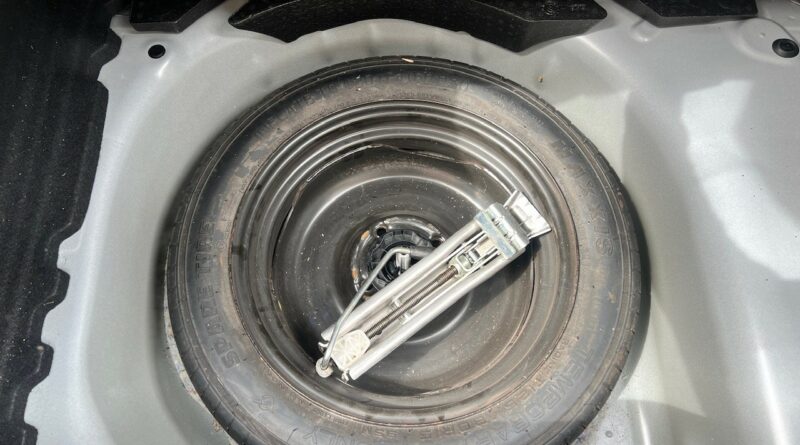What is a Space Saver Wheel and How to Use It
In this article, we’ll explore what a space saver wheel is, its benefits and limitations, and how to properly use it. A space saver wheel, often referred to as a temporary spare or donut tire, is a compact, lightweight spare tire designed to save space in the trunk of your vehicle. Unlike full-size spare tires, space saver wheels are smaller, lighter, and intended for short-term use only.
What is a Space Saver Wheel?
A space saver wheel is a temporary spare tire that is significantly smaller and lighter than the regular tires on your vehicle. It is designed to be used in emergencies when one of your regular tires fails, such as in the case of a puncture or blowout. Space saver wheels are typically included in many modern cars due to their space-saving design and cost-effectiveness.
Key Features:
- Compact Size: Smaller in diameter and width compared to standard tires.
- Lightweight: Easier to handle and install.
- Limited Tread: Less tread depth, not intended for long-term use.
- Speed and Distance Limits: Designed for lower speeds and shorter distances.
Benefits of a Space Saver Wheel
Space Efficiency
The most significant advantage of a space saver wheel is its compact size, which frees up valuable trunk space. This is particularly beneficial for smaller vehicles where space is at a premium.
Weight Reduction
A lighter spare tire reduces the overall weight of the vehicle, which can contribute to better fuel efficiency and handling.
Cost-Effective
Space saver wheels are generally cheaper for manufacturers to produce and for consumers to replace compared to full-size spare tires.
Limitations of a Space Saver Wheel
Limited Usage
Space saver wheels are designed for temporary use only. They are not intended for long-distance driving or high-speed travel. Most manufacturers recommend a maximum speed of 50 mph and a maximum distance of 50 to 70 miles.
Reduced Performance
Due to their smaller size and limited tread, space saver wheels offer reduced traction and stability. They can affect the vehicle’s handling, braking, and cornering capabilities.
Incompatibility with All-Wheel Drive
Using a space saver wheel on an all-wheel-drive (AWD) vehicle can cause issues with the drivetrain due to the difference in tire size. Check your vehicle’s manual for specific recommendations.
How to Use a Wheel
1. Ensure Safety First
- Find a Safe Location: If you experience a flat tire, pull over to a safe location away from traffic.
- Turn on Hazard Lights: Activate your hazard lights to alert other drivers.
2. Gather Necessary Tools
- Jack: Used to lift the vehicle off the ground.
- Lug Wrench: Used to remove and tighten the lug nuts.
- Owner’s Manual: Contains specific instructions for your vehicle.
3. Remove the Flat Tire
- Loosen Lug Nuts: Use the lug wrench to slightly loosen the lug nuts before lifting the vehicle.
- Lift the Vehicle: Use the jack to lift the vehicle until the flat tire is off the ground.
- Remove Lug Nuts: Completely remove the lug nuts and take off the flat tire.
4. Install the Wheel
- Position the Wheel: Align the holes in the spare wheel with the wheel studs.
- Tighten Lug Nuts: Hand-tighten the lug nuts, then lower the vehicle and use the lug wrench to fully tighten them in a star pattern.
5. Drive Carefully
- Follow Speed and Distance Limits: Adhere to the recommended speed and distance limits to ensure safety.
- Visit a Tire Shop: Replace the space saver wheel with a full-size tire as soon as possible.
A space saver wheel is a valuable emergency tool that can get you back on the road quickly after a flat tire. Understanding its benefits, limitations, and proper usage is essential for ensuring your safety and maintaining your vehicle’s performance. Always refer to your vehicle’s owner’s manual for specific instructions and recommendations related to using a space saver wheel.
Buying a used VW. Buying used vauxhall, BMW, Jaguar, Ford, Volvo, Range rover, Bentley, Aston Martin, Porsche, Ferrari, Lamborghini, Maserati, Hyundai, Tesla, Honda, Pagani

